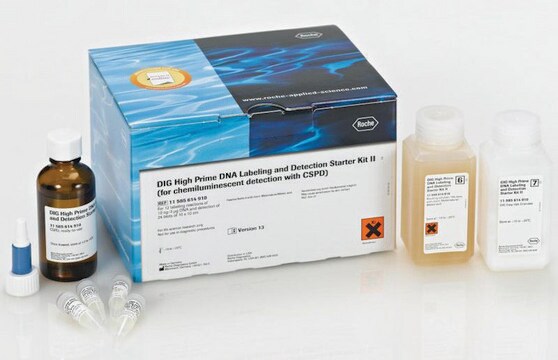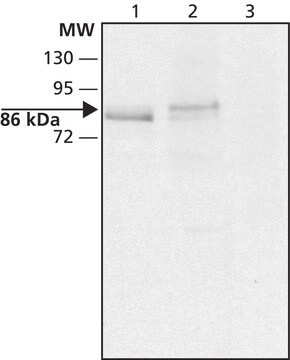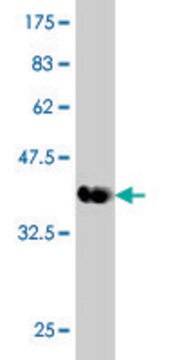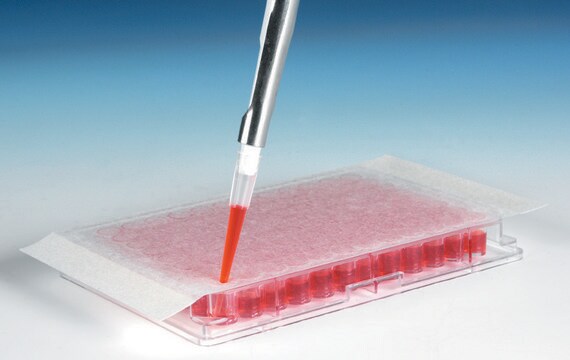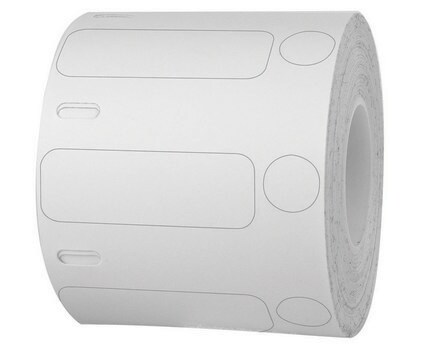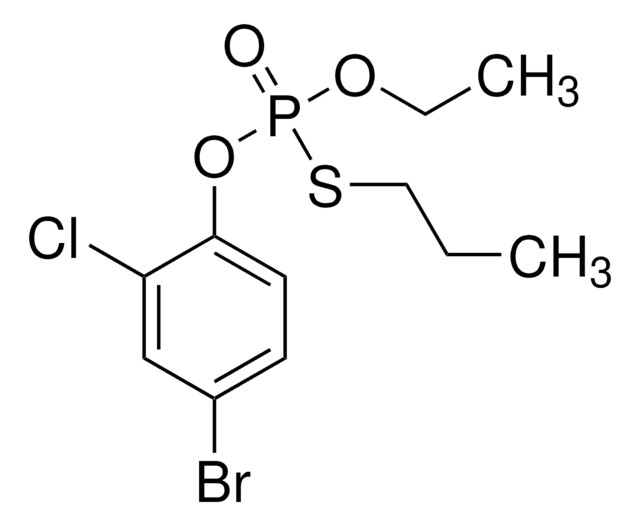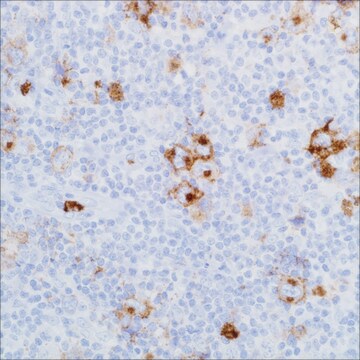MABN1564
Anti-DYRK1A Antibody, clone 11D9.1
clone 11D9.1, from mouse
Sinonimo/i:
Dual specificity tyrosine-phosphorylation-regulated kinase 1A, EC 2.7.12.1, Dual specificity YAK1-related kinase, HP86, Protein kinase minibrain homolog, MNBH, hMNB
About This Item
Prodotti consigliati
Origine biologica
mouse
Forma dell’anticorpo
purified immunoglobulin
Tipo di anticorpo
primary antibodies
Clone
11D9.1, monoclonal
Reattività contro le specie
human
Confezionamento
antibody small pack of 25 μg
tecniche
western blot: suitable
Isotipo
IgG2bκ
N° accesso NCBI
N° accesso UniProt
modifica post-traduzionali bersaglio
unmodified
Informazioni sul gene
human ... DYRK1A(1859)
Categorie correlate
Descrizione generale
Specificità
Immunogeno
Applicazioni
Qualità
Western Blotting Analysis: 1 µg/mL of this antibody detected DYRK1A in human cerebral cortex tissue lysate.
Descrizione del bersaglio
Stato fisico
Altre note
Non trovi il prodotto giusto?
Prova il nostro Motore di ricerca dei prodotti.
Certificati d'analisi (COA)
Cerca il Certificati d'analisi (COA) digitando il numero di lotto/batch corrispondente. I numeri di lotto o di batch sono stampati sull'etichetta dei prodotti dopo la parola ‘Lotto’ o ‘Batch’.
Possiedi già questo prodotto?
I documenti relativi ai prodotti acquistati recentemente sono disponibili nell’Archivio dei documenti.
Il team dei nostri ricercatori vanta grande esperienza in tutte le aree della ricerca quali Life Science, scienza dei materiali, sintesi chimica, cromatografia, discipline analitiche, ecc..
Contatta l'Assistenza Tecnica.